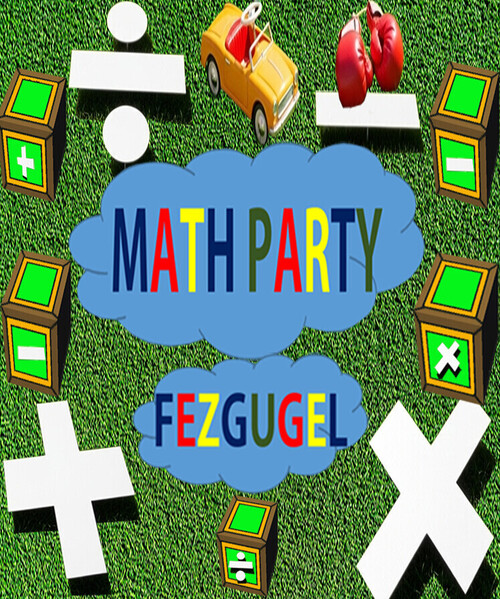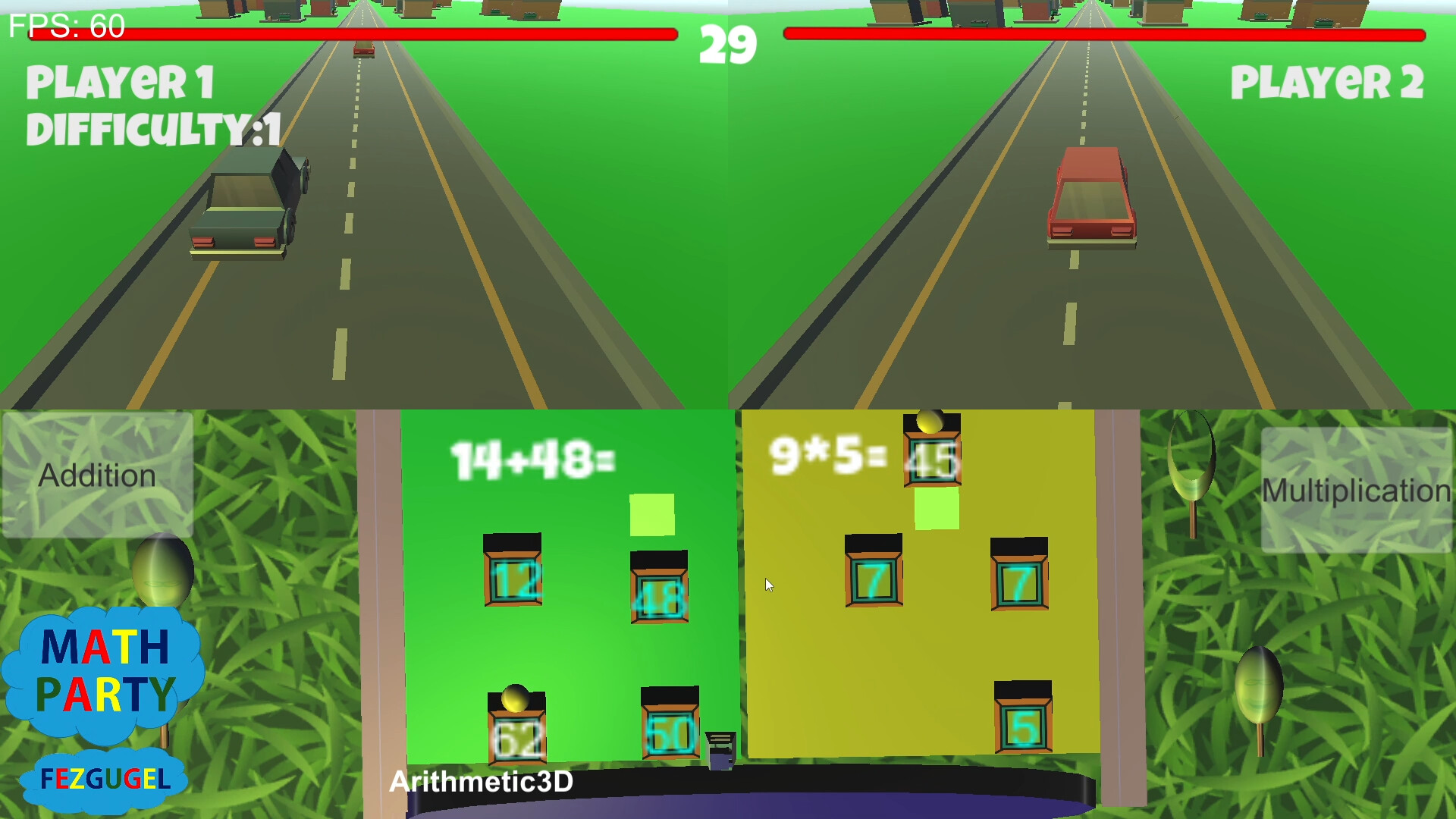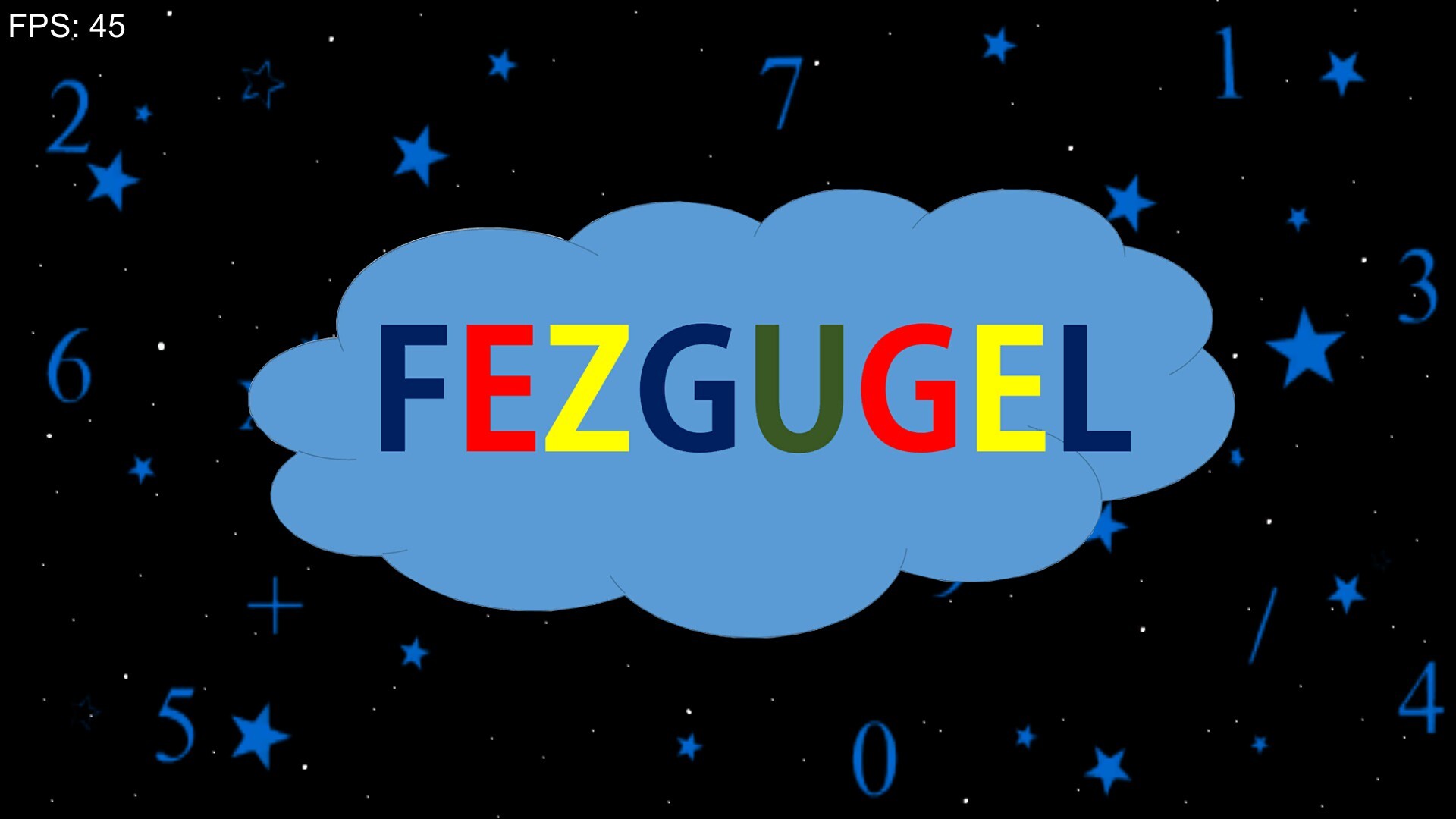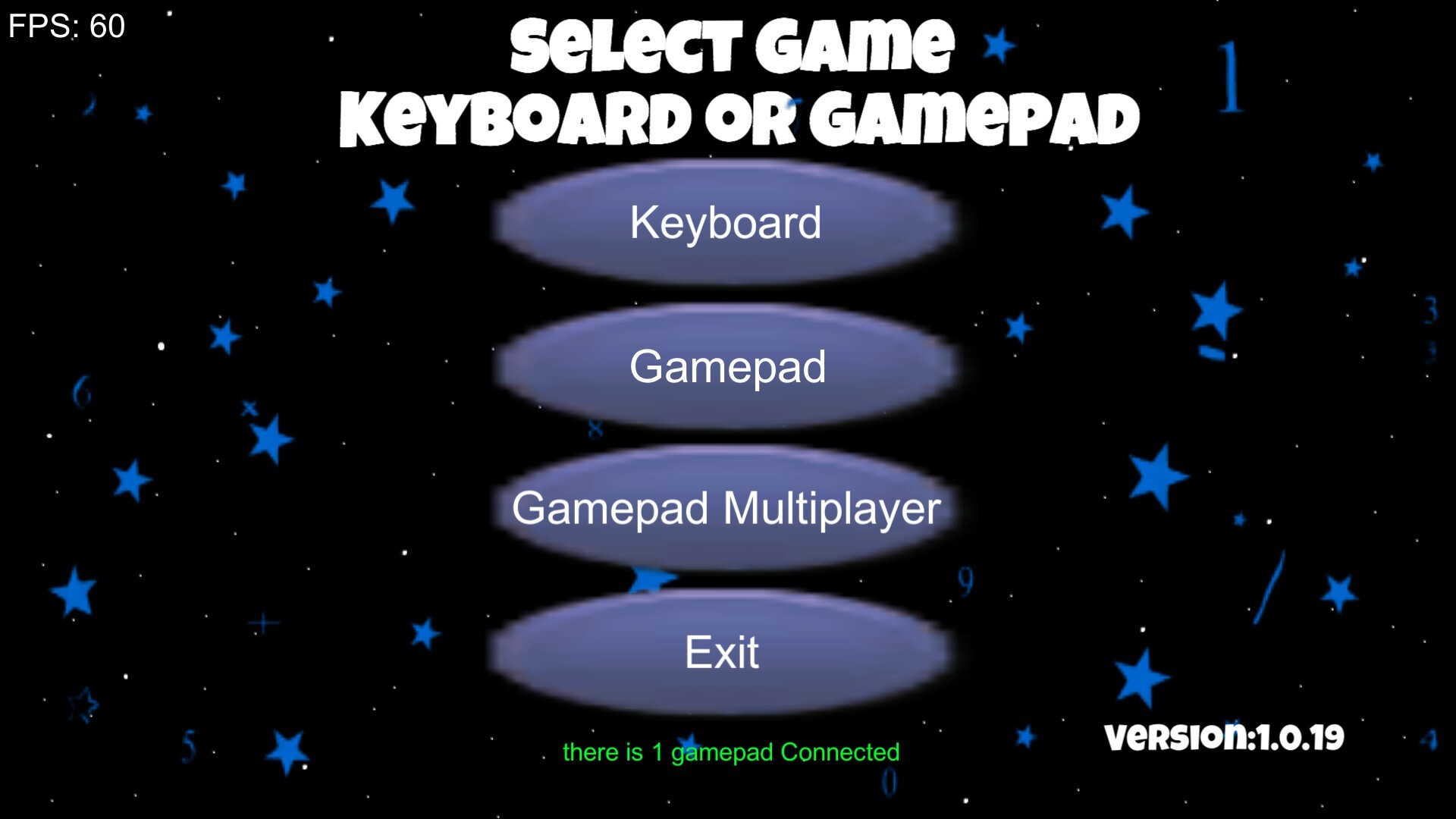
Math Party Fezgugel

Details
Current prices
|
|
Steam
Digital
|
$0.99
|
Price history
| All time low | |
| $0.89 | (-96%) |
dekudeals.com
Description
The gameplay is that when the cubes collide, they perform arithmetic operations correctly. Then, the minigame above activates in favor of the one who first performed their arithmetic operation correctly, making a goal in their own favor. The activated minigame is the objective for both players to defeat; it can be either of the two players.




